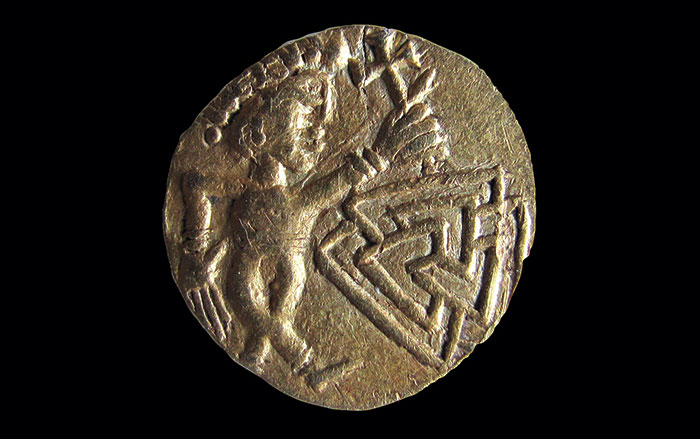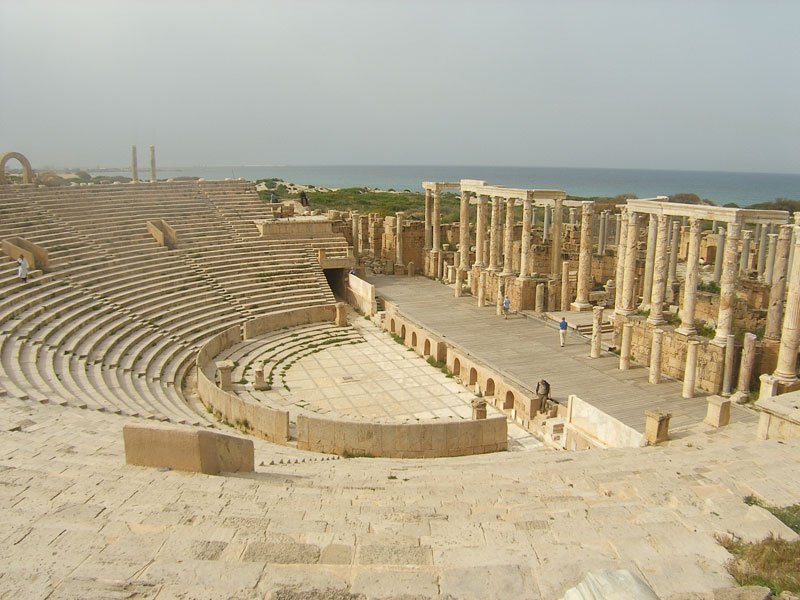
In the medieval period, wearing sapphires was a privilege reserved for royalty, nobility, and high-ranking clergy. Then, as now, sapphires were thought to bring good fortune, mental clarity, and spiritual enlightenment to the wearer. The intricate gold beading combined with the use of sapphire on this ring found in York, England, could date it to the Viking period (tenth to eleventh centuries A.D.). However, the jewelry more likely dates to between the seventh and ninth centuries A.D. The use of gold inlaid with red and blue glass is typical of jewelry from East Anglia, a kingdom in eastern England first settled in the fifth century A.D. To make the ring more impressive and suitable for royalty, a jeweler used precious stones instead of red or blue glass.










